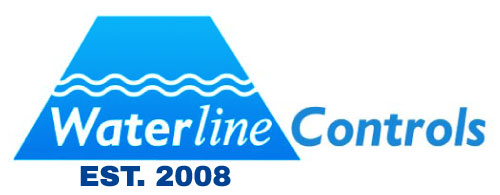ASHRAE 2017 Annual Conference
ASHRAE 2017 Annual Conference
Join us in Sunny Southern California for this year’s Ashrae conference for HVACR Professionals. Don’t miss the special event on the Queen Mary, which is docked nearby to the conference. An “Engineering Tour of the Queen Mary” is one of the featured events for the week.

2017 ASHRE ANNUAL CONFERENCE
Over 60 seminars, plus several workshops and forums will take place during the event. There will also be 2 new feature program types designated Panels & Debates.
Some of the topics will be:
- Building Life Safety Systems
- Commissioning: Optimizing New and Existing Buildings and their Operation
- Controls
- Fundamentals and Applications
- HVAC&R Systems and Equipment
- Net Zero Energy Buildings
- Refrigeration
- Residential Buildings: Standards Guidelines and Codes NEW
Continuing education credits are available for ASHRAE Learning Institute (ALI) courses offered at the 2017 ASHRAE Annual Conference. DOE-aligned ASHRAE Building Energy Assessment Professional (BEAP) and Building Commissioning Professional (BCxP) certification exams will also be offered.
